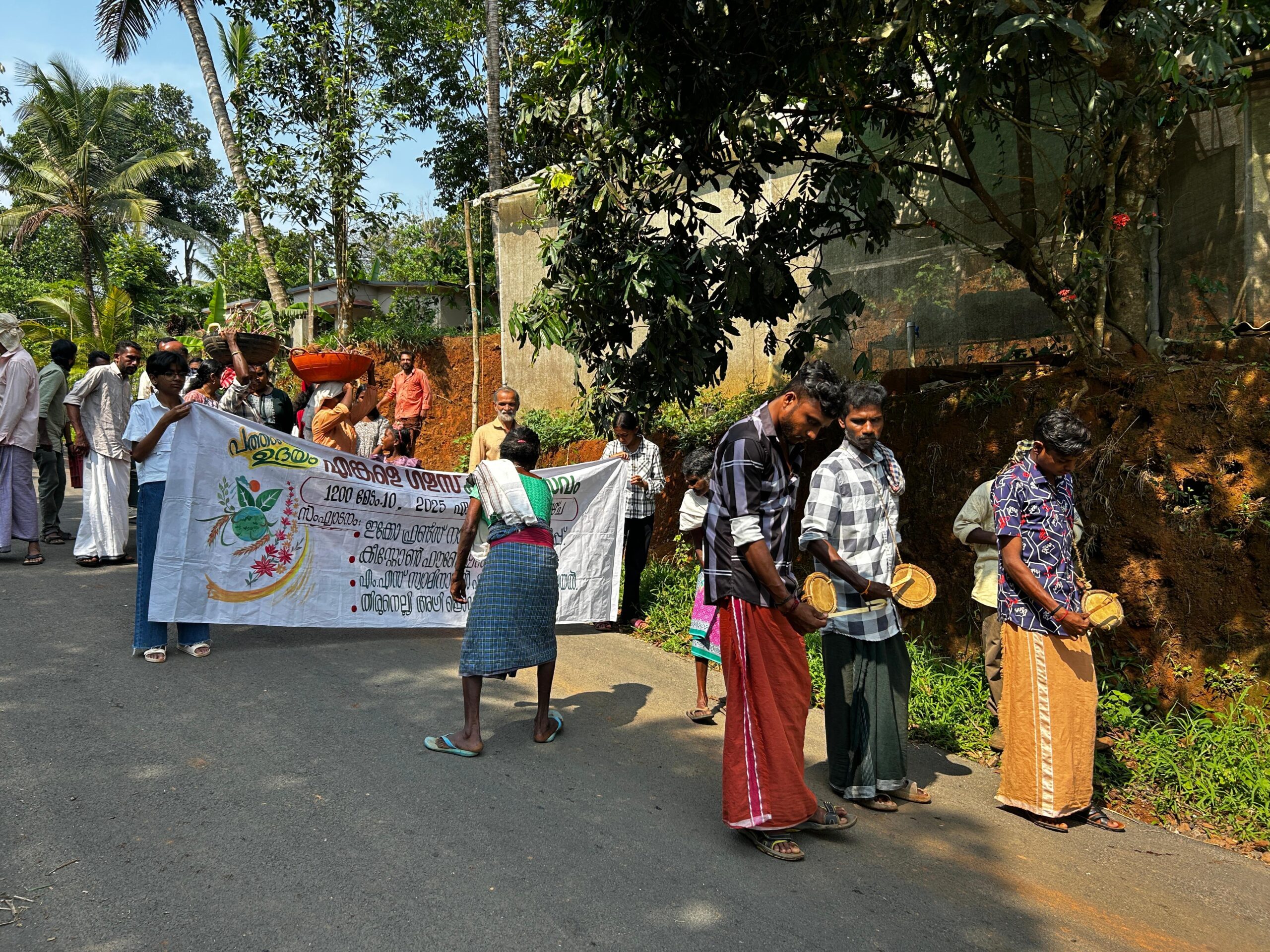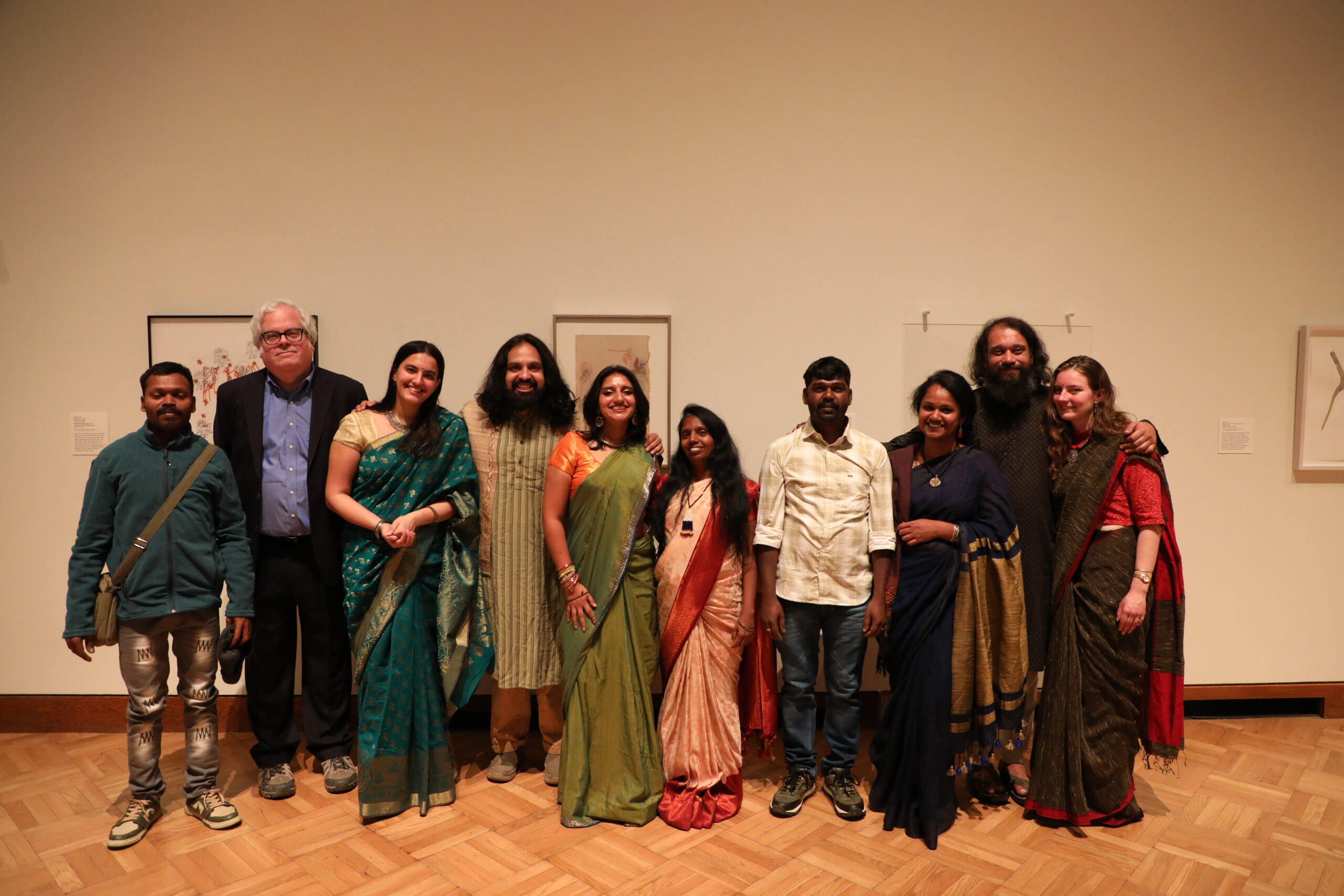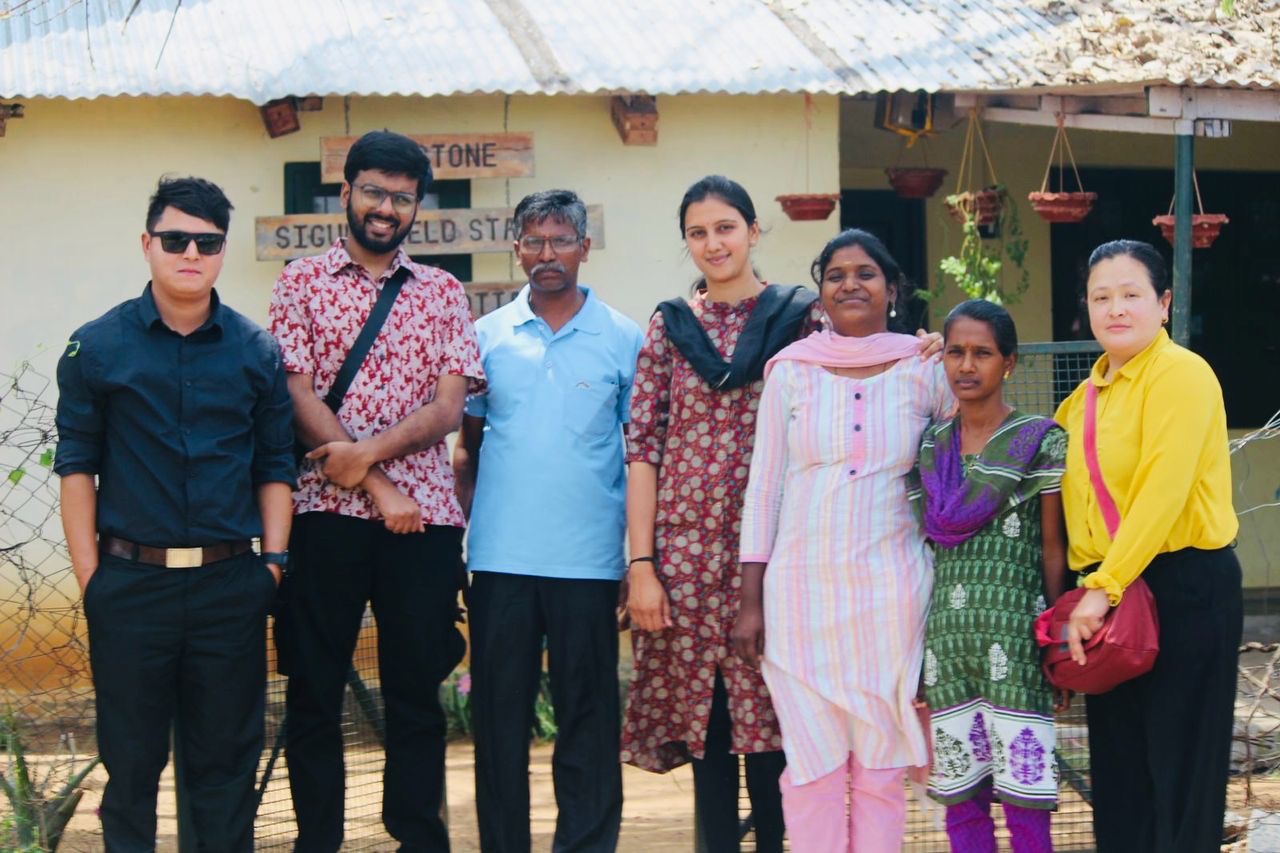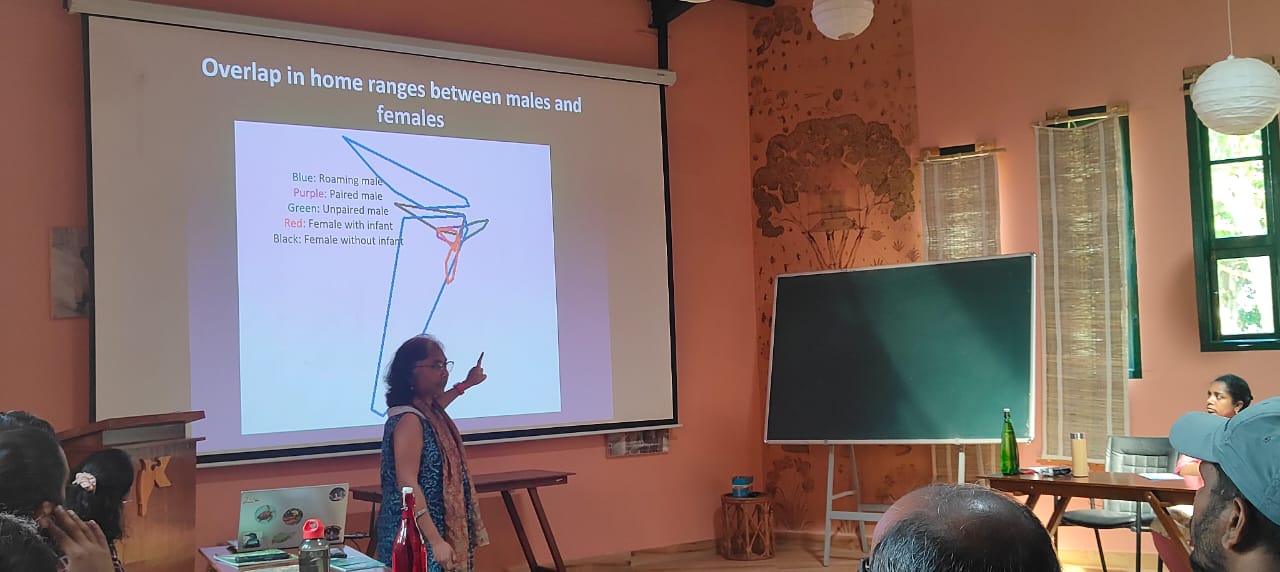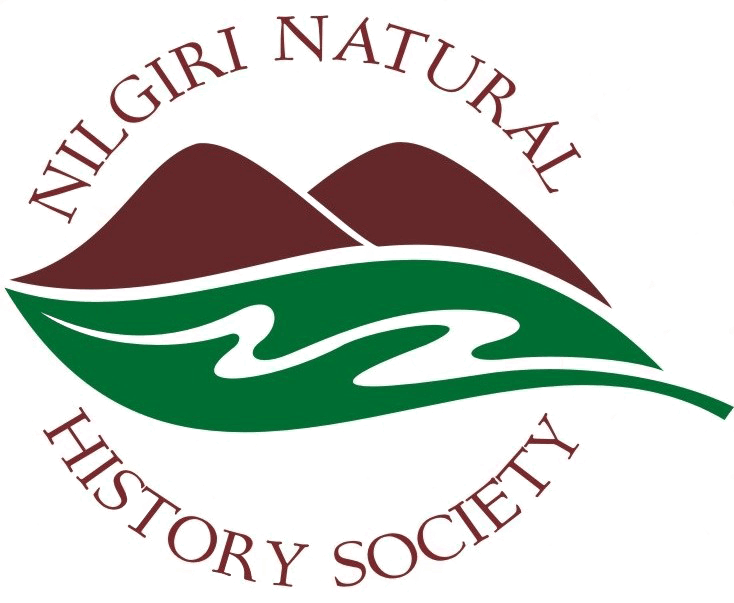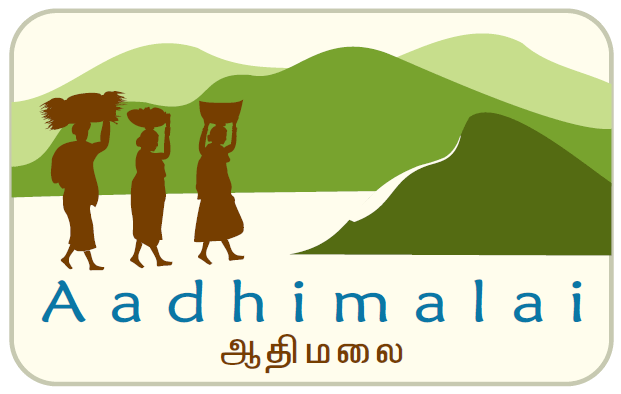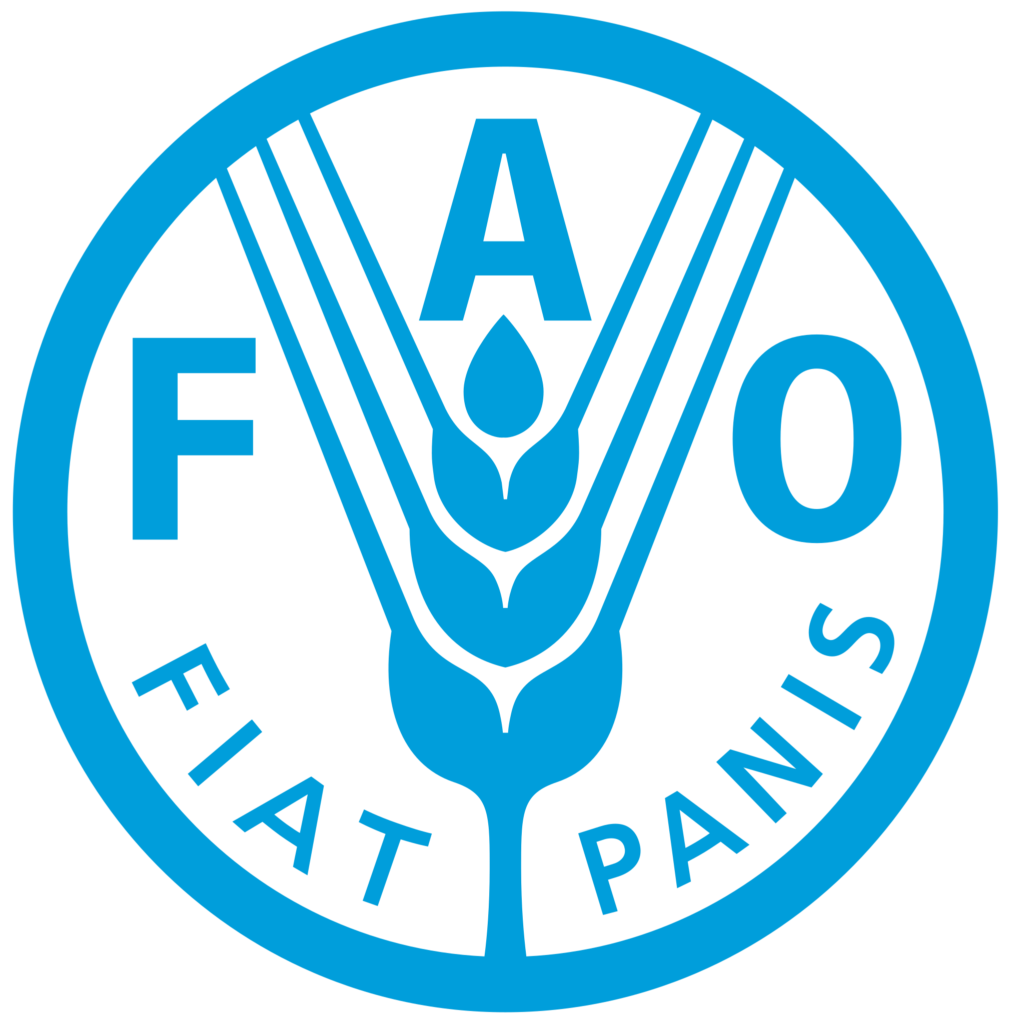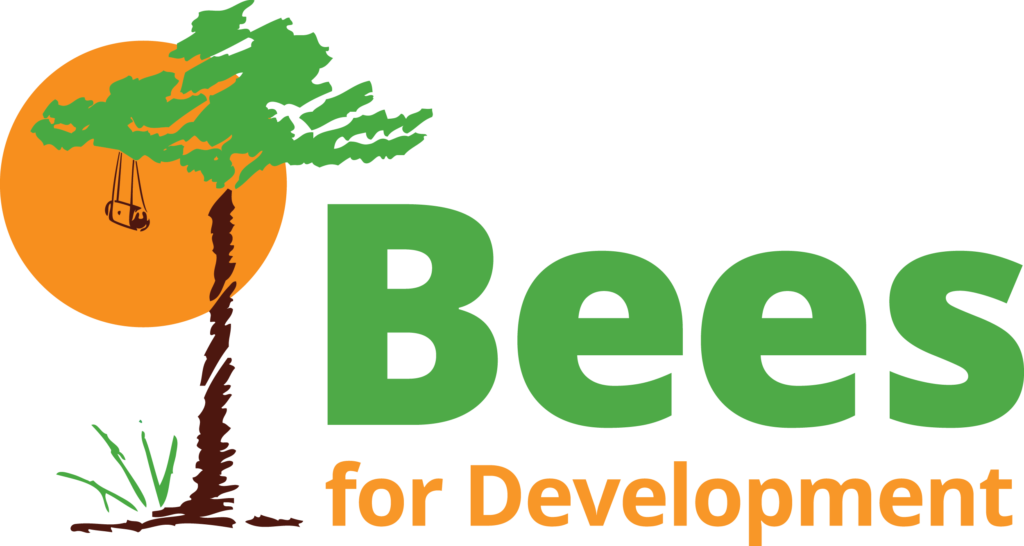The much loved popular fictional detective Sherlock Holmes (created by Sir Arthur Conan Doyle), famed for his keen sense of observation and logical reasoning is said to have remarked, “It is a capital mistake to theorize before one has data”. It so happens that it is equally valid in the real world of social research as well.
The students of the field course were now back at the Keystone campus in Kotagiri, with their heads filled with data and imagery of all kinds – survey data of the qualitative and quantitative nature, personal observations and experiences from the numerous interactions, along with the life lessons learnt from field. It was now time to assimilate all that had been seen, learnt and observed so far.
Leading up to the final day for the presentation which was scheduled for the 14th of June, 2019, the week saw a buzz of activity along the lines of analysis and synthesis, from all the groups, involving consultations with faculty as needed, for guidance. Along with the Keystone Foundation faculty (Anita Varghese and Jyothsna Krishnakumar), the Azim Premji University (APU) faculty in-charge for the course (Manu Mathai and Arima Mishra) were also present during this week to help facilitate and guide the students through this process.
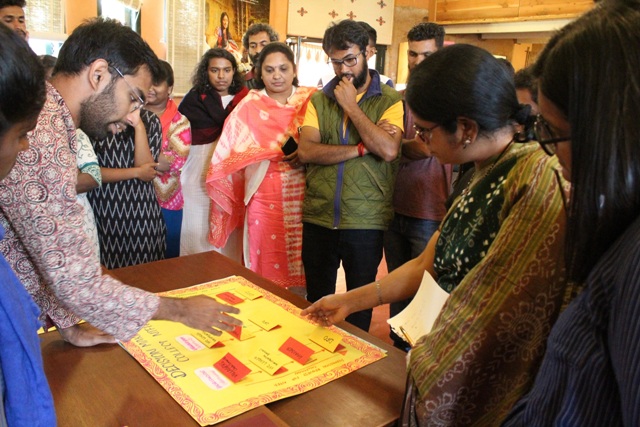
The day dawned clear and bright both for the students and in the skies above. Keystone Foundation employees who had been involved in the course, as facilitators, mentors, consultants for topics were invited to sit in through the session. The session was underway after the morning tea with a short photo presentation by the students on how the course unravelled. In a creative twist to the narration, the students took to sharing their experiences in their respective native language (mother tongue). While the local students learnt newer concepts than those exposed to, in the previous NFLC course, the APU students found that the course offered new perspectives to their presumed ideas about the topics.
The first presentation was on urban migration, by Francis and Vasudha. With a focus on migration in the tea industry in the last 20 years, they narrated their experiences from meeting different stakeholders – from the actual migrant labourers, to the estate managers and tea factory managers all the way up to the government agencies involved in the tea market economy in the landscape. Using a snowball sampling method and equipped with a semi-structured qualitative interview survey, they looked at big and medium tea estates as well as individual tea factories. They also sought to understand reasons for migration through different viewpoints – from migrants themselves, management as well as local residents. Availability of the economic opportunity to earn better wages (as compared to their native regions) came out as a clear reason. The team opined that social integration was still an area of some concern. While large estates did include 3-month training programs for migrants, smaller estates did not have these facilities. Local residents in some cases did differentiate migrants as ‘ji-karan’ and the team expressed that they lacked political capital. Integration into education systems (through school) was seen as more prevalent.
The second presentation was on governance systems and decision making around NTFPs carried out in the three villages of Badripadigai, Uguniyam and Nagalur, by Jitvan and Jancy, based out of the Arepalayam field station at Sathyamangalam. They put up an interactive chart to navigate through the NTFP decision making process in the 3 different villages. Nagalur came out as a stand-out in terms of market involvement (through traders) in the early stages of the decision chain process. While Badripadigai saw the involvement of the villagers through the VFC leader, in Uguniyam, the VFC was the starting point of the decision process. In all cases, the final say had to come from the DFO, since the NTFP collection areas came within the Sathyamangalam Tiger Reserve. Collection boundaries came out as blurred and mostly based on friendly interactions and trust between the villages. The collection process itself was also indicated as a more opportunistic one, for instance, collecting while grazing, since the primary livelihood in these villages was agriculture.
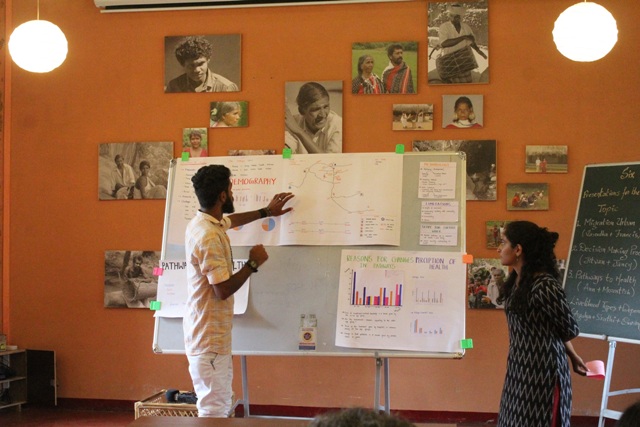
The pathways to health team comprising of Ann and Montish were sited in Sigur where they looked at two villages – Thottalangi and Kurumbarpalayam as they traced their access to modern healthcare systems and the people’s perception of what health meant. Using a combination of the community well being survey card and a qualitative semi structured interview process, they brought out the disconnect between the notion of health and the means to achieving it. While people perceived health as good food, nutrition, cleanliness and intangible aspects such as happiness, social networks, they still reposed their trust in the inaccessible and distant modern institutions of health in the forms of hospitals. The team did not find enough evidence of local healers or prevalence of local medicinal knowledge within the community. Instead, long drives to places as far as Masinagudi, Gudalur, Kozhikode and Coimbatore was the preference as it was seen as a better and quicker healing process.
The trio of Agalya, Imran and Sruthi were interested in livelihoods from the start. Located at Sathyamangalam, they also chose the 3 villages as Jancy and Jitvan in their attempts to explore livelihoods, current and in the past. Because the team could not ensure specific villagers would be present when they went for surveys, they adopted a convenience sampling method that allowed for surveys with villagers who were present and willing to provide information. Agriculture, livestock, wage labour and NTFP collection emerged as the common livelihoods. While agriculture was predominant, wage labour was seen as a new and growing employment opportunity in the region. Migration (for education and work) to bigger cities and towns like Sathyamangalam was also seen as a growing trend in the villages. Ragi, corn, tapioca, groundnut, beans and greens were cited as the common crops. While agriculture was preferred by the villages in general, crop damage due to wildlife entering farms (elephant, wild boar, boar) were mentioned as the hurdles to continuing agriculture. Due to this, the students found that yields and subsequent incomes were deficient, coming from agriculture, leading to exploration of other options, primarily wage labour.
The loaded intensive experience sharing session came to a close with the final presentations. Each presentation was followed by questions and comments, wrapping up with a final open floor forum for the students (both from APU and Nilgiris) to share their takeaways and comments on the overall course. It was a deep reflective experience as the students took pride in their growth through this unique research experience, while still realizing that what they had done was merely a scratch on the surface. They realized, in all humility, that in complex socio-ecological landscape like the Nilgiris, the whole was much bigger than the sum of its parts could ever be.
At the end of it all, it was a bag of mixed feelings among the students – on the one hand, it was good to be heading home, but on the other, it meant parting with new forged friendships. For the APU students, the Nilgiri connections they had developed proved to be a strong one, with a wish to come back, to work here, again. As for the local Nilgiri students they left with new learning in old surroundings, driving home a deeper passion and stronger call for action, for the Blue Mountains of south India.
By Sharada Ramadass

